The rugged terrains of Kenya demand vehicles that can withstand the harsh conditions while delivering optimal performance. This has led to a thriving industry centered around off-road vehicle modifications, where Land Cruisers, Land Rovers, and other 4x4s are transformed into beasts capable of conquering the wild. From the bustling streets of Nairobi to the remote trails of the Maasai Mara, modified off-road vehicles are not just a luxury—they are a necessity for many adventurers, safari operators, and even local communities.
The Culture of Off-Road Modification in Kenya
Kenya’s love affair with off-road vehicles runs deep. The country’s diverse landscapes—ranging from arid deserts to dense forests and muddy trails—require vehicles that can adapt to extreme conditions. For decades, mechanics and enthusiasts have been customizing vehicles to enhance durability, power, and comfort. What started as a practical solution for farmers and safari guides has evolved into a full-blown subculture, with specialized garages and workshops catering to every imaginable upgrade.
Nairobi, in particular, is a hotspot for off-road modifications. Garages in industrial areas like Kirinyaga Road and Mombasa Road are renowned for their expertise in reinforcing suspensions, upgrading engines, and fitting heavy-duty tires. These modifications aren’t just about aesthetics; they are about survival. A poorly equipped vehicle in Kenya’s backcountry can mean the difference between a successful expedition and a stranded disaster.
Key Modifications for Kenyan Terrain
One of the most critical upgrades for any off-road vehicle in Kenya is the suspension system. Standard factory suspensions often fail under the strain of rocky paths and deep ruts. Local mechanics replace them with heavy-duty shock absorbers and reinforced coil springs, ensuring smoother rides even on the most unforgiving roads. Lift kits are also popular, raising the vehicle’s clearance to avoid undercarriage damage.
Tires are another major consideration. Kenyan off-roaders favor aggressive tread patterns designed to grip loose sand, mud, and sharp rocks. Brands like BFGoodrich and Cooper Tires are common, often mounted on reinforced alloy wheels to prevent bending under pressure. For those venturing into particularly treacherous areas, run-flat systems and tire pressure monitoring sensors are becoming standard additions.
Under the hood, engine modifications focus on reliability and power. Many workshops install turbochargers or superchargers to compensate for high-altitude performance drops in regions like the Aberdare Mountains. Diesel engines, particularly Toyota’s legendary 1HD-FTE, are favored for their torque and longevity. Upgraded radiators and intercoolers help manage engine heat, a crucial factor when navigating slow, technical trails.
The Rise of Overlanding and Safari Modifications
With Kenya being a prime destination for overlanding and safari adventures, many modifications are tailored for long-distance travel. Roof racks, auxiliary fuel tanks, and custom storage solutions allow travelers to carry extra supplies for extended journeys. Pop-up roof tents have also gained popularity, turning vehicles into mobile campsites for those exploring the wild.
For safari operators, comfort and safety are paramount. Reinforced bull bars protect against animal collisions, while snorkels enable water crossings during rainy seasons. Inside, interiors are often customized with heavy-duty upholstery, additional charging ports, and even compact fridges to keep drinks cold under the African sun. These modifications ensure that both drivers and passengers can endure long hours on rough terrain without sacrificing convenience.
Challenges and Innovations in the Industry
Despite the booming demand, Kenya’s off-road modification industry faces challenges. Importing high-quality parts can be expensive due to taxes and shipping costs, pushing some enthusiasts to seek locally fabricated alternatives. Skilled welders and fabricators have stepped up, crafting custom bumpers, roll cages, and skid plates that rival international brands in durability.
Another hurdle is the lack of standardized regulations for vehicle modifications. While some upgrades are widely accepted, others may lead to legal issues if they compromise safety. Workshops must strike a balance between innovation and compliance, ensuring that modified vehicles remain roadworthy and insurable.
Yet, the industry continues to thrive, driven by passion and necessity. Social media has played a significant role, with off-road clubs and forums sharing tips, organizing rallies, and showcasing their latest builds. Events like the East African Safari Classic Rally further fuel the culture, inspiring both veterans and newcomers to push the limits of what their vehicles can do.
The Future of Off-Road Modifications in Kenya
As technology advances, so do the possibilities for off-road modifications. Electric and hybrid 4x4s are beginning to enter the market, presenting new challenges and opportunities for local mechanics. Solar-powered auxiliary systems, regenerative braking, and lightweight composite materials could soon become standard in Kenyan off-road builds.
Meanwhile, the demand for eco-friendly modifications is growing. Workshops are experimenting with biodiesel conversions and energy-efficient accessories to reduce environmental impact without sacrificing performance. The balance between power and sustainability will likely define the next era of Kenya’s off-road scene.
For now, one thing remains certain: the spirit of innovation in Kenya’s off-road community shows no signs of slowing down. Whether it’s a rugged Land Cruiser tackling the Chalbi Desert or a tricked-out Land Rover navigating the Great Rift Valley, these modified machines are a testament to human ingenuity and the relentless pursuit of adventure.

By William Miller/Apr 28, 2025
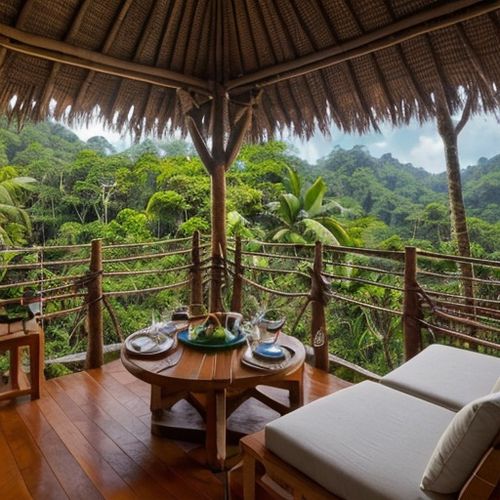
By Sophia Lewis/Apr 28, 2025

By Megan Clark/Apr 28, 2025
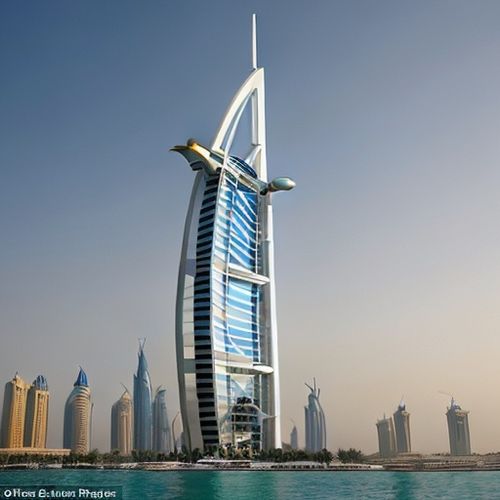
By George Bailey/Apr 28, 2025
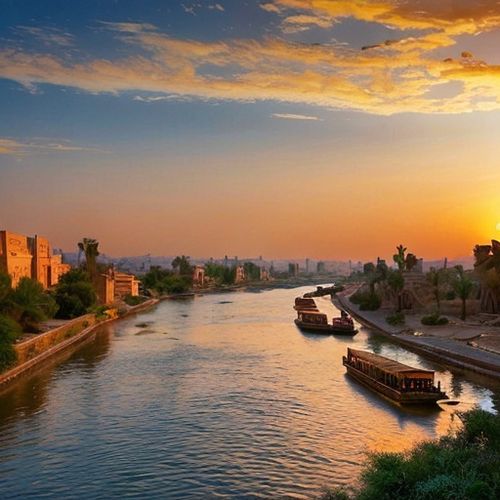
By Ryan Martin/Apr 28, 2025
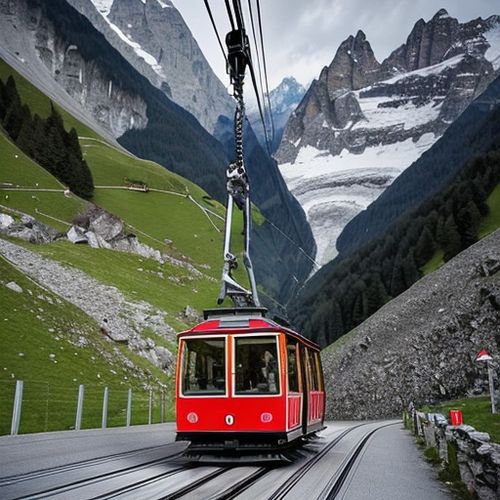
By Sophia Lewis/Apr 28, 2025
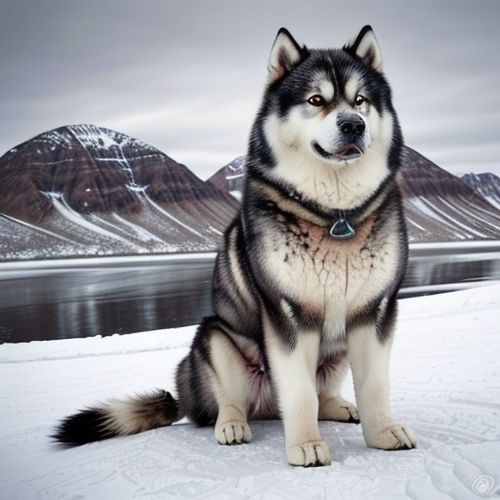
By Laura Wilson/Apr 28, 2025
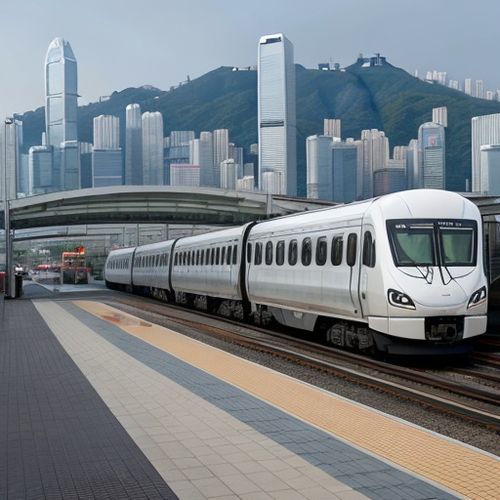
By Ryan Martin/Apr 28, 2025
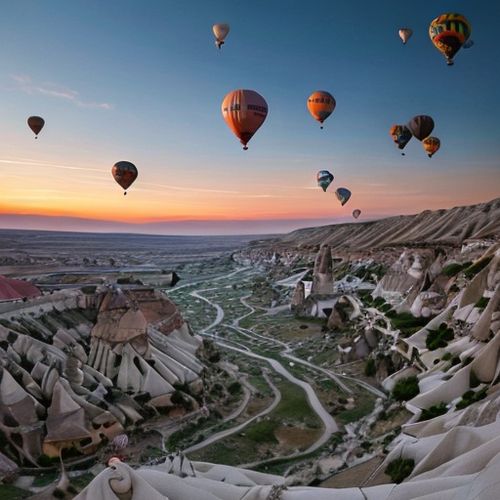
By Benjamin Evans/Apr 28, 2025
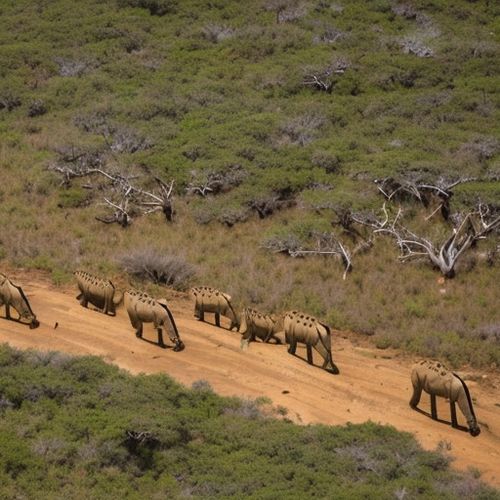
By Sophia Lewis/Apr 28, 2025
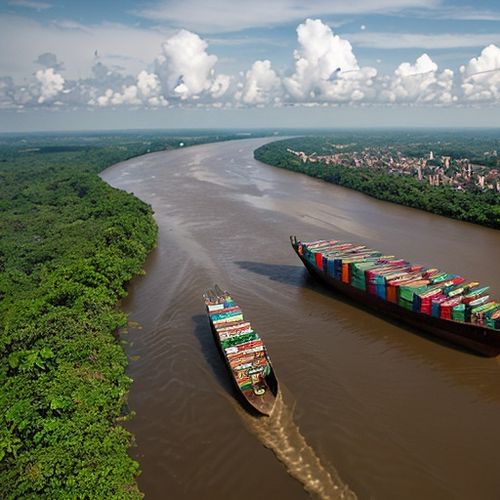
By Rebecca Stewart/Apr 28, 2025
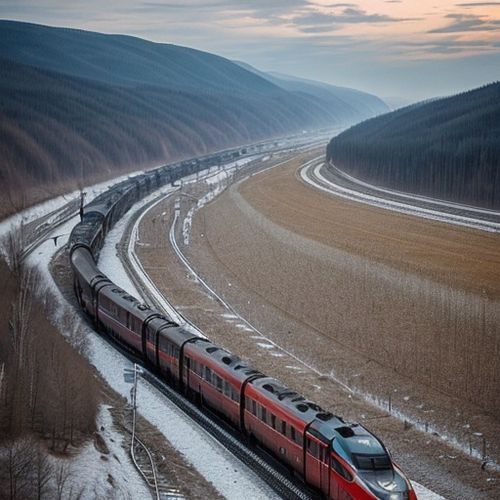
By Sophia Lewis/Apr 28, 2025
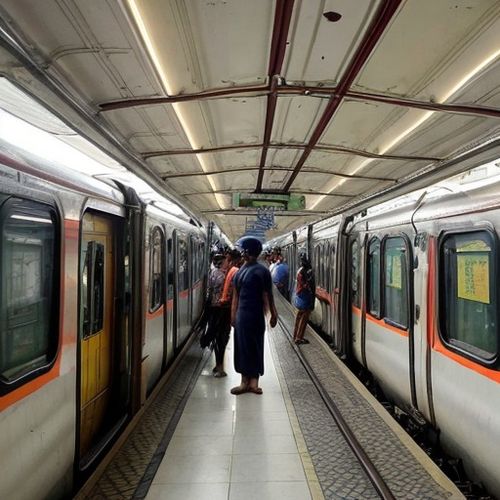
By Noah Bell/Apr 28, 2025
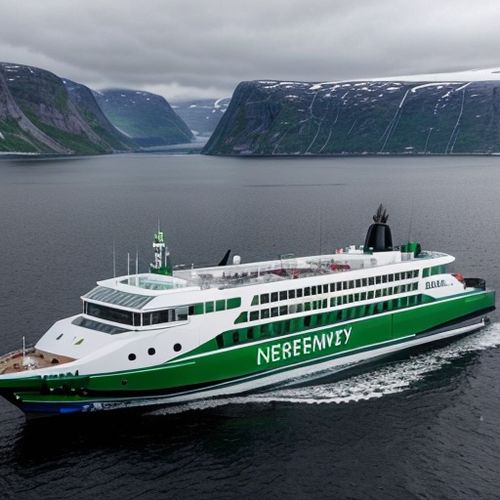
By Laura Wilson/Apr 28, 2025
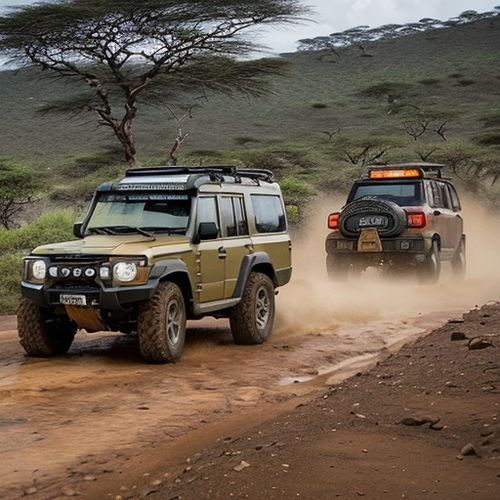
By Emma Thompson/Apr 28, 2025
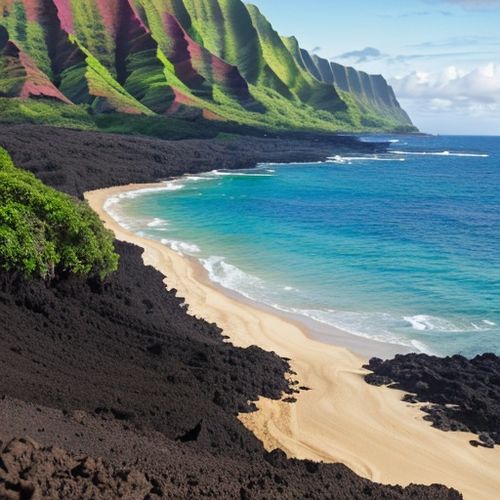
By Christopher Harris/Apr 28, 2025
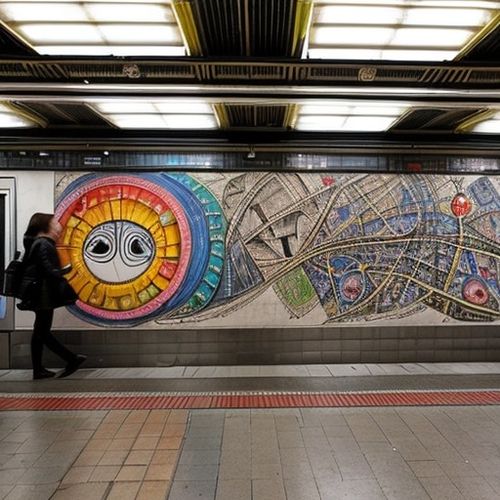
By David Anderson/Apr 28, 2025
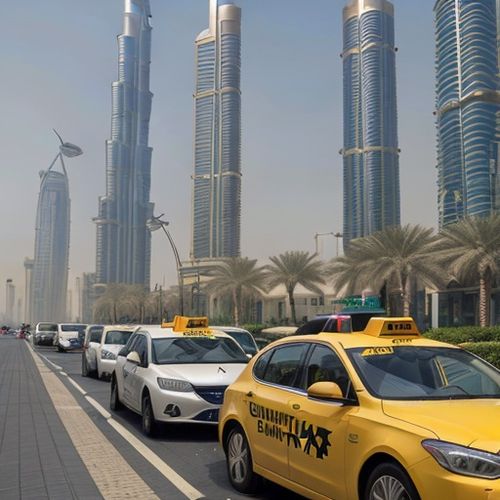
By David Anderson/Apr 28, 2025
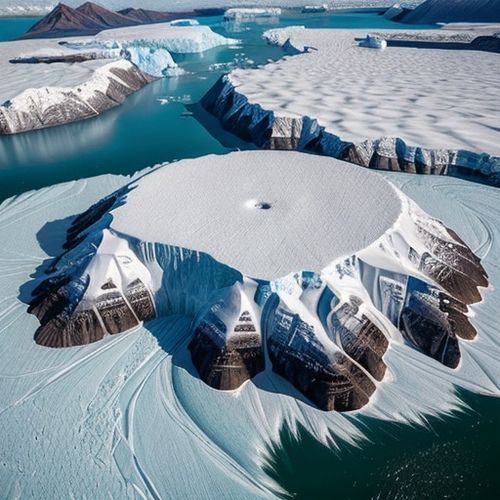
By Victoria Gonzalez/Apr 28, 2025
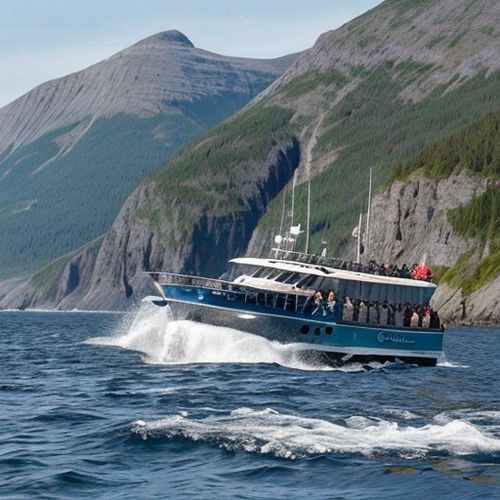
By Rebecca Stewart/Apr 28, 2025